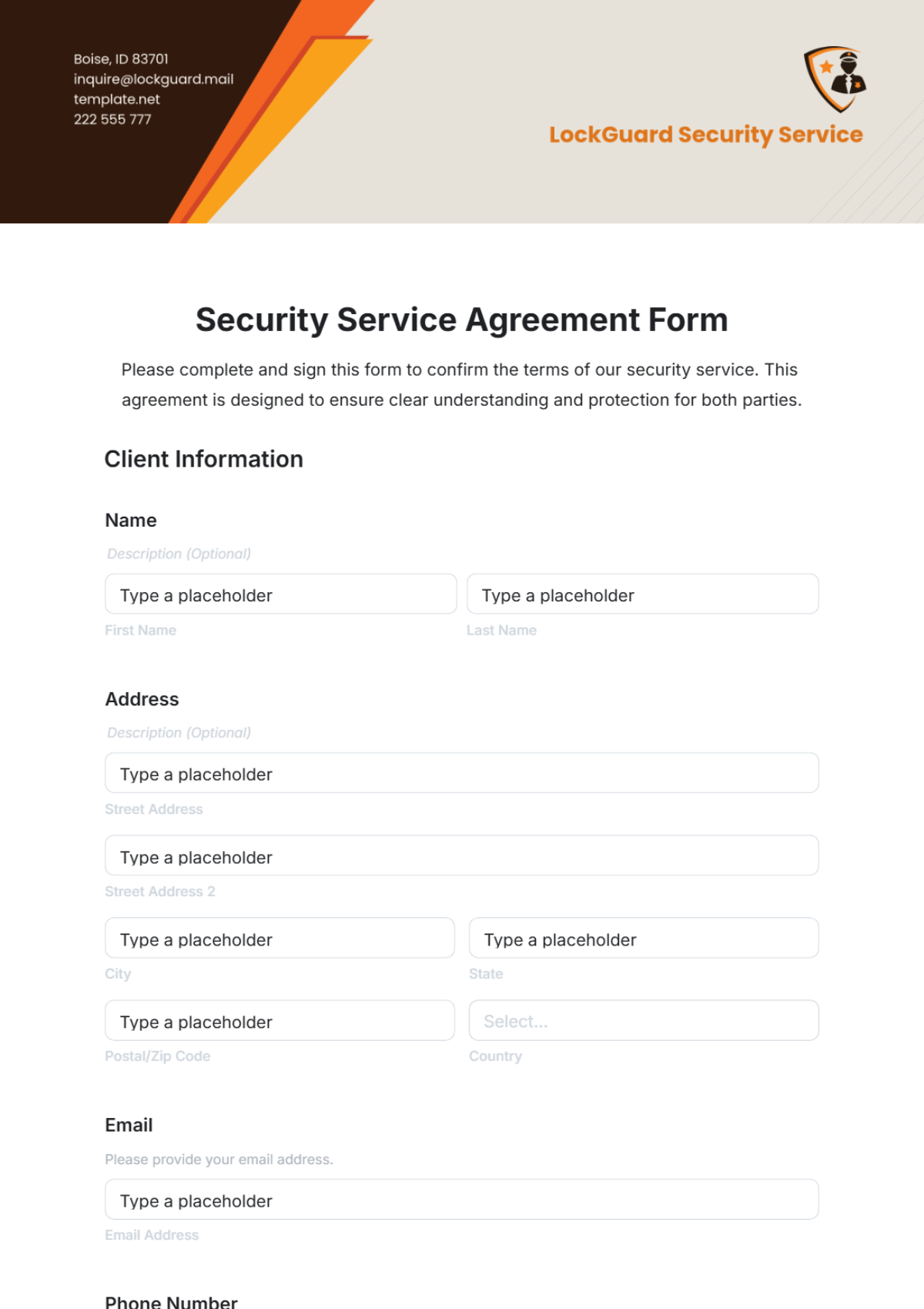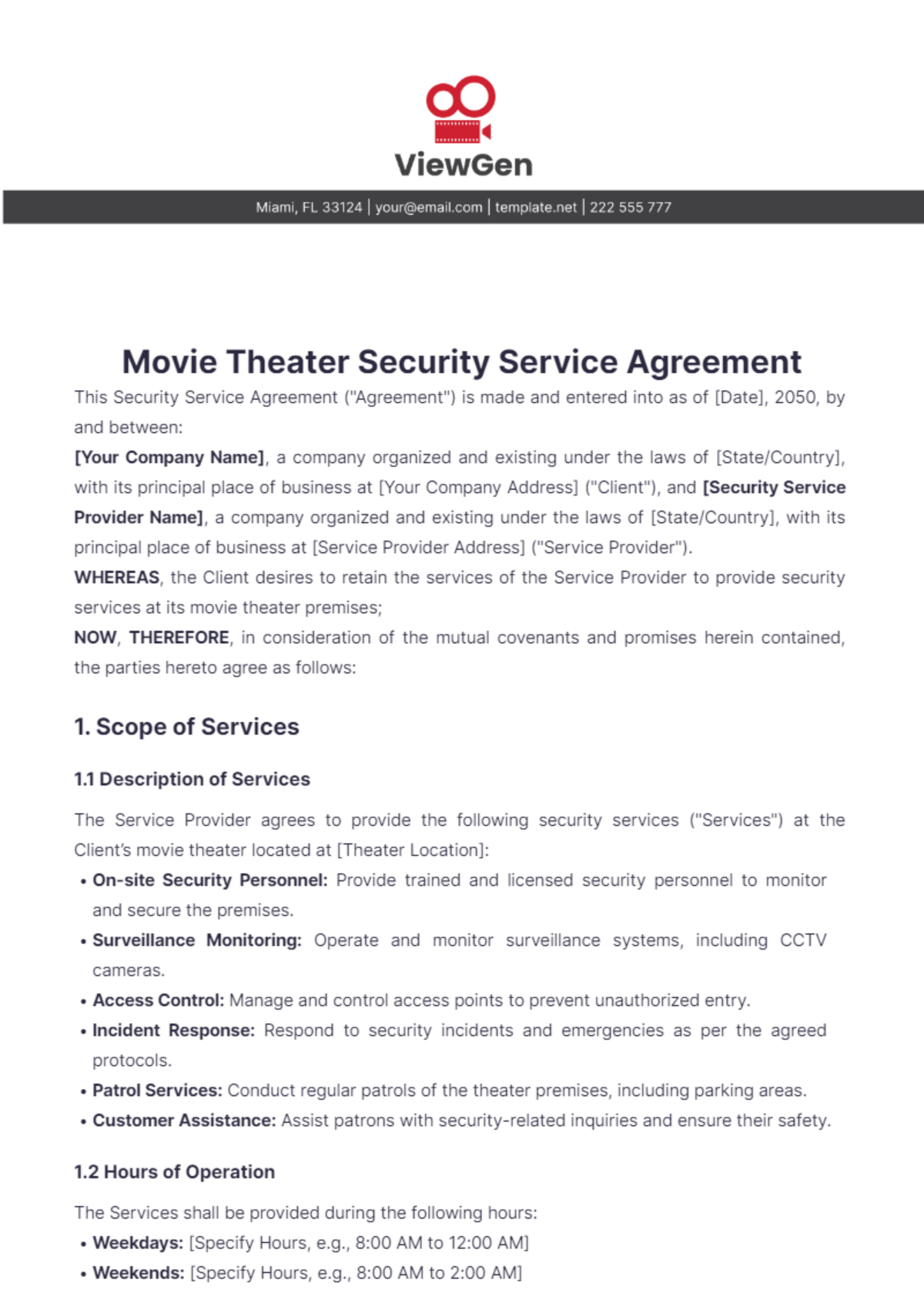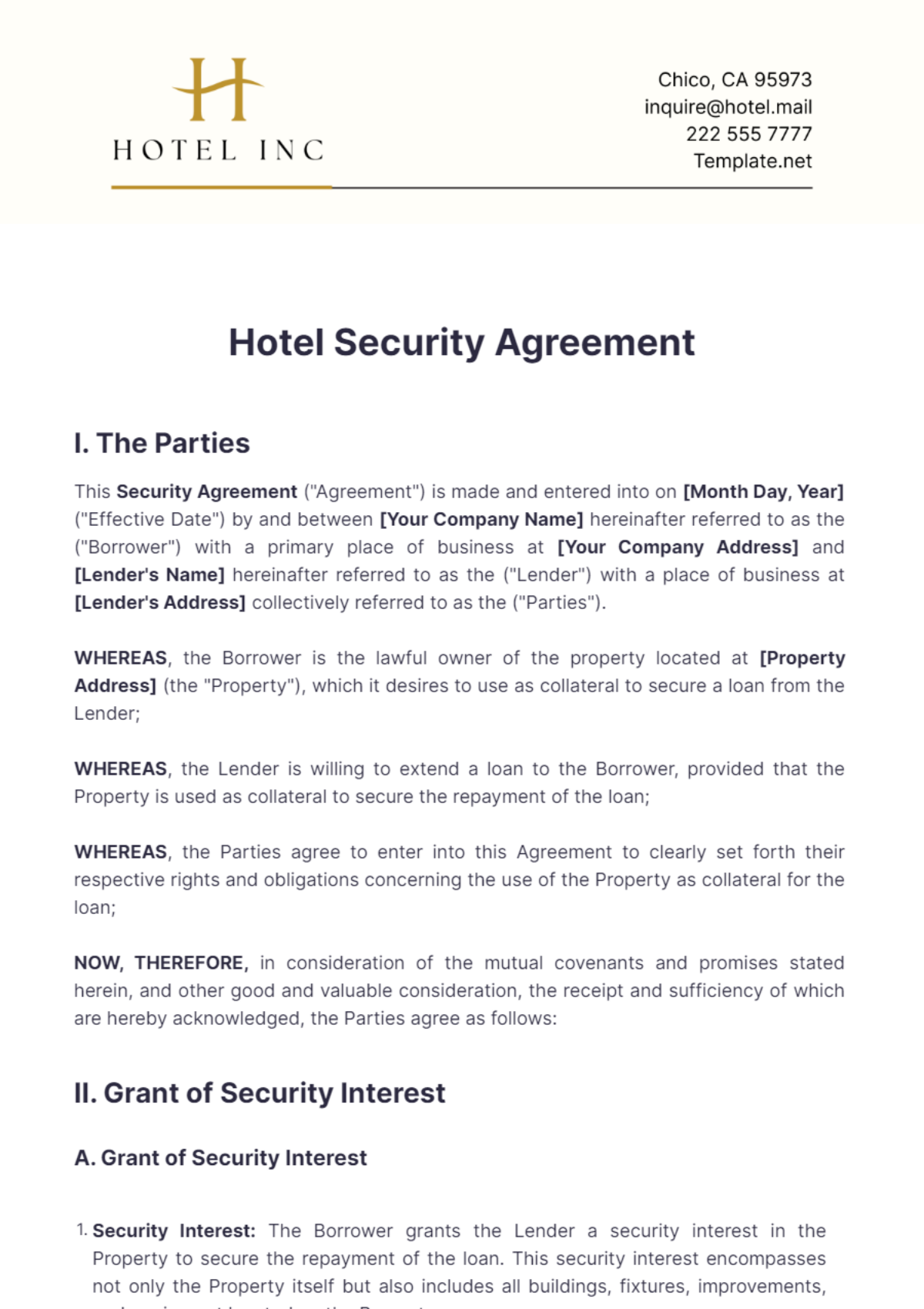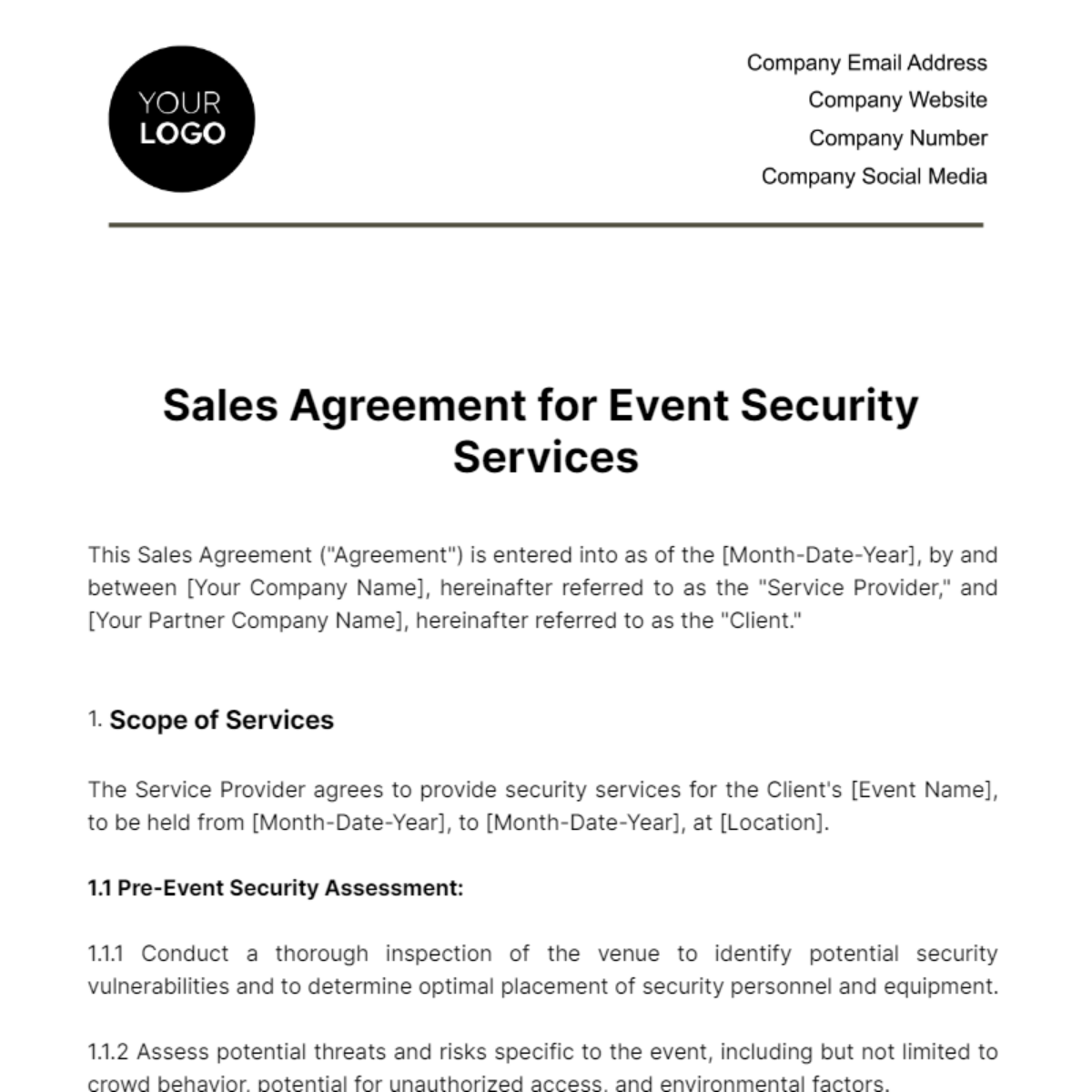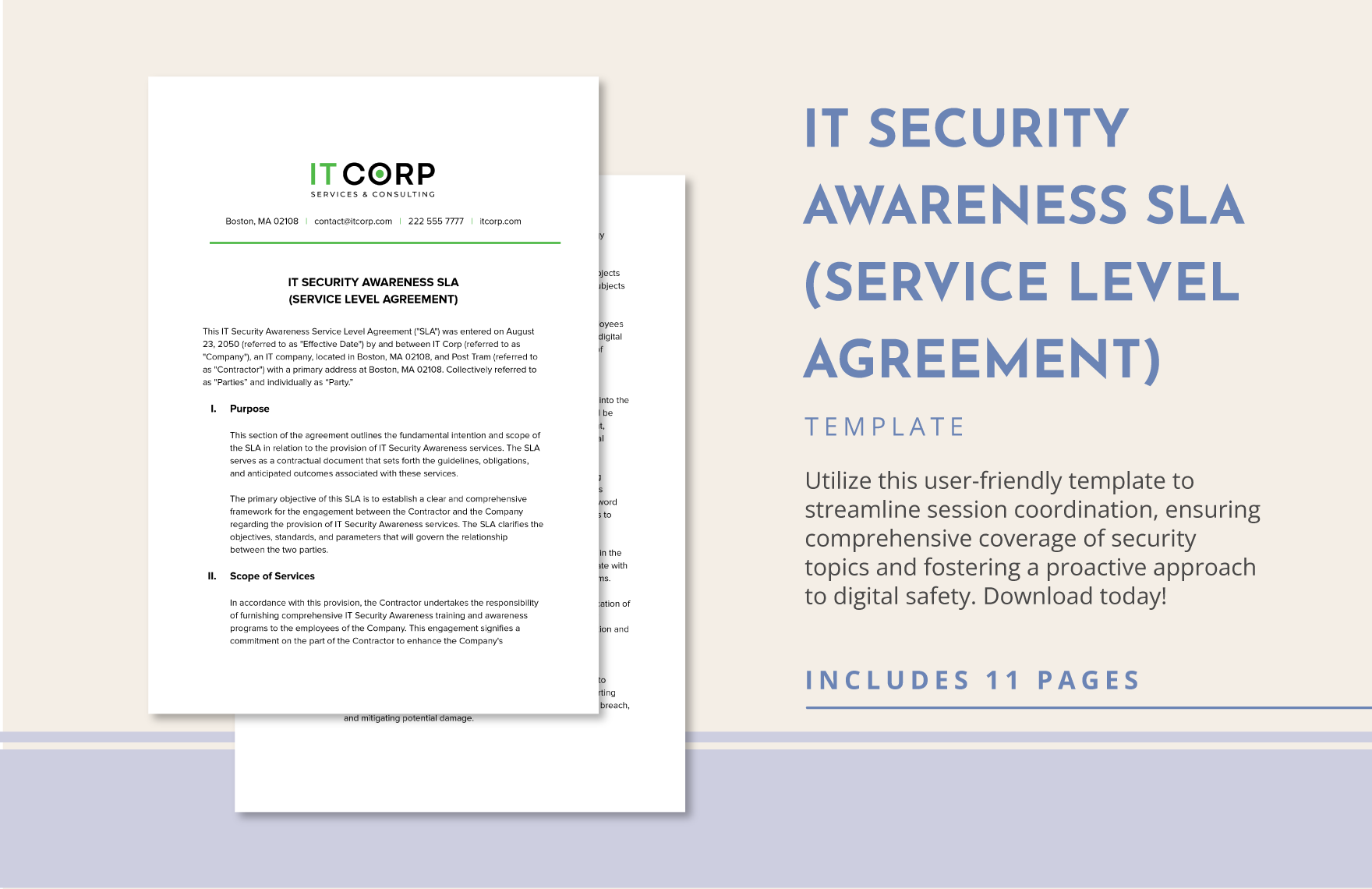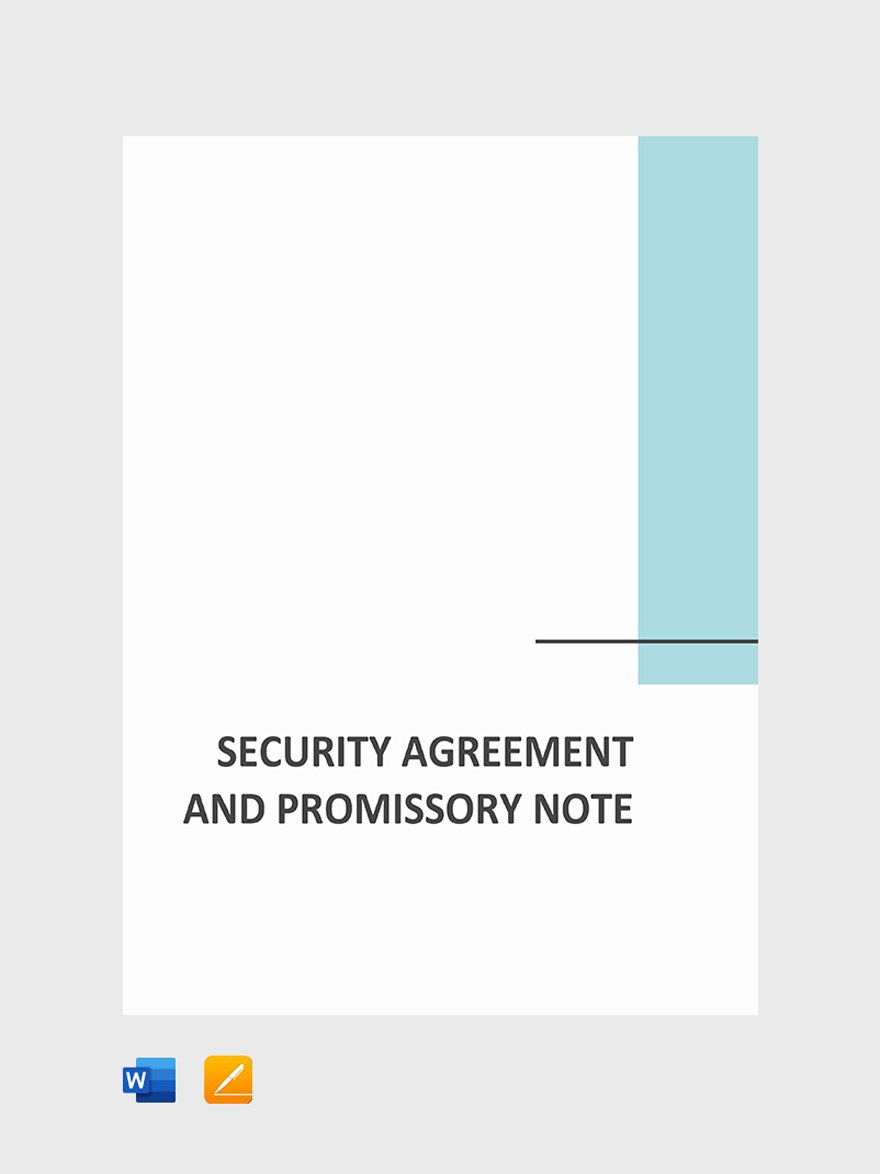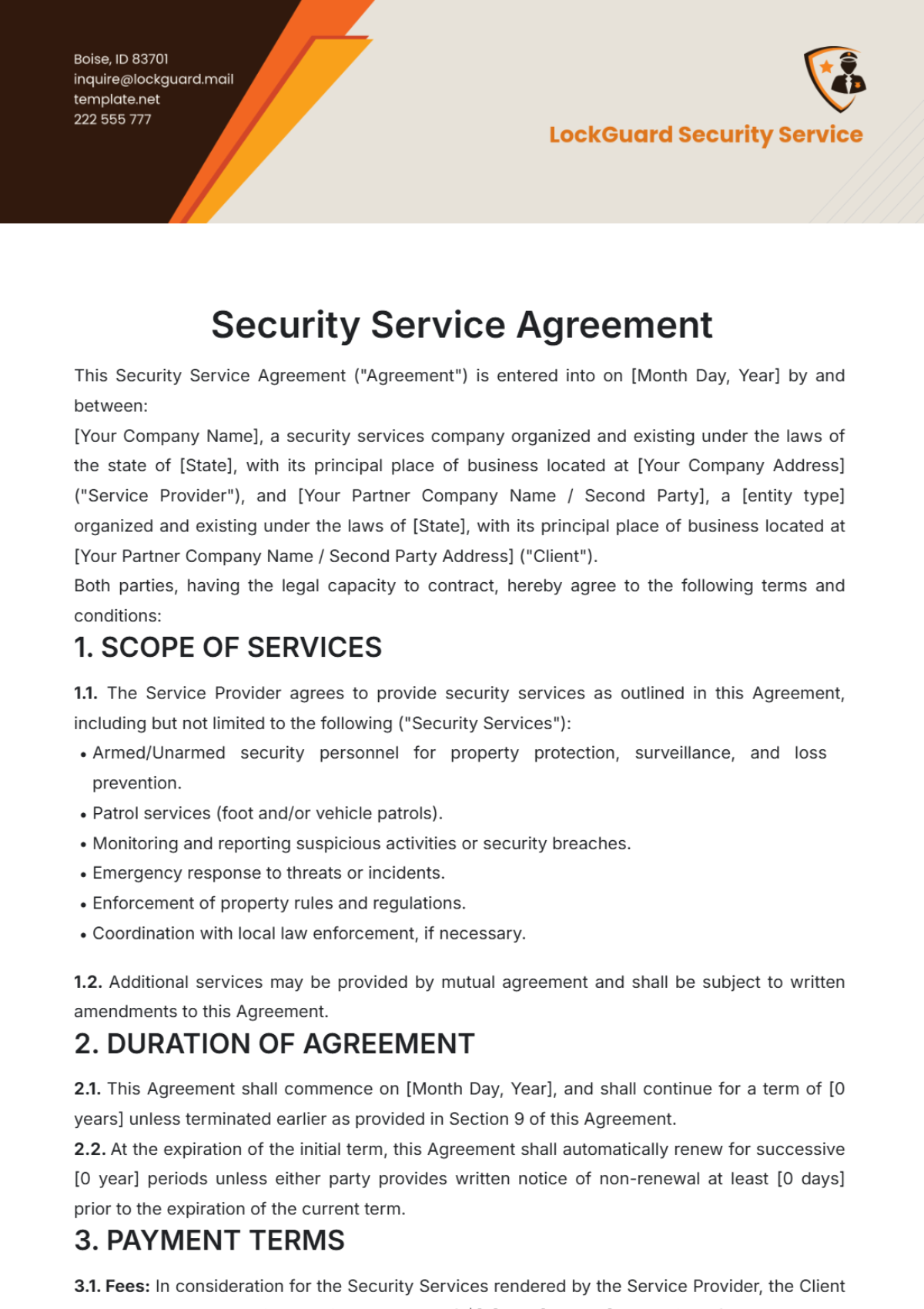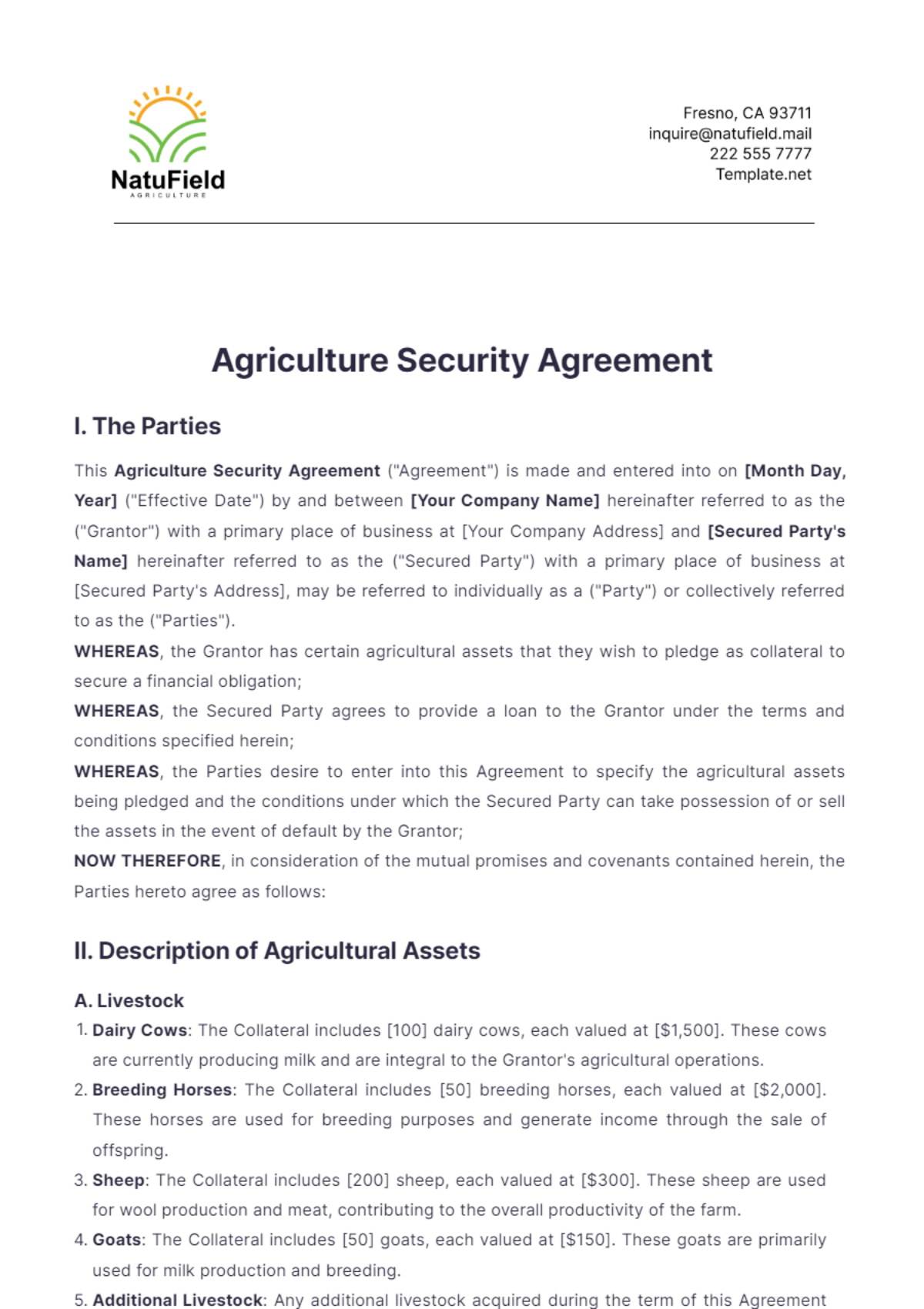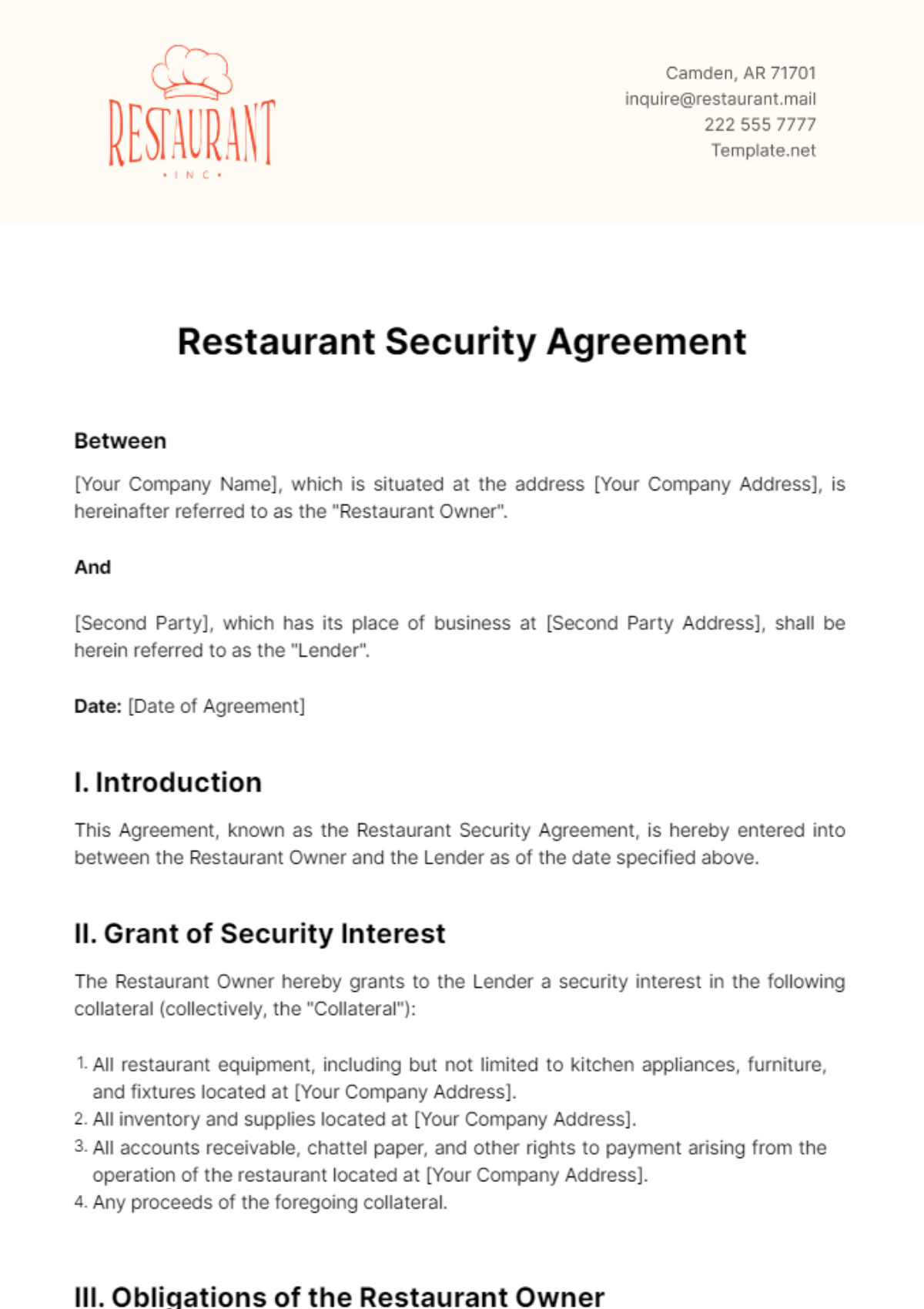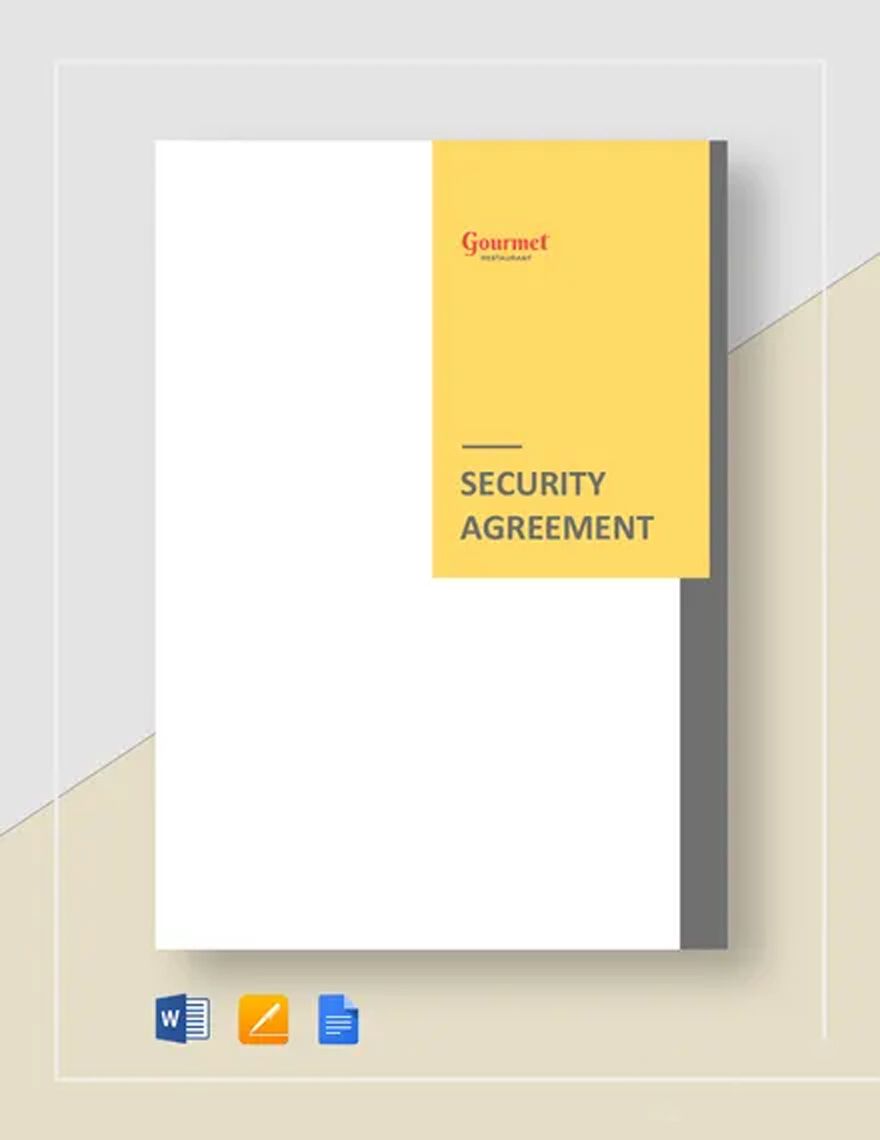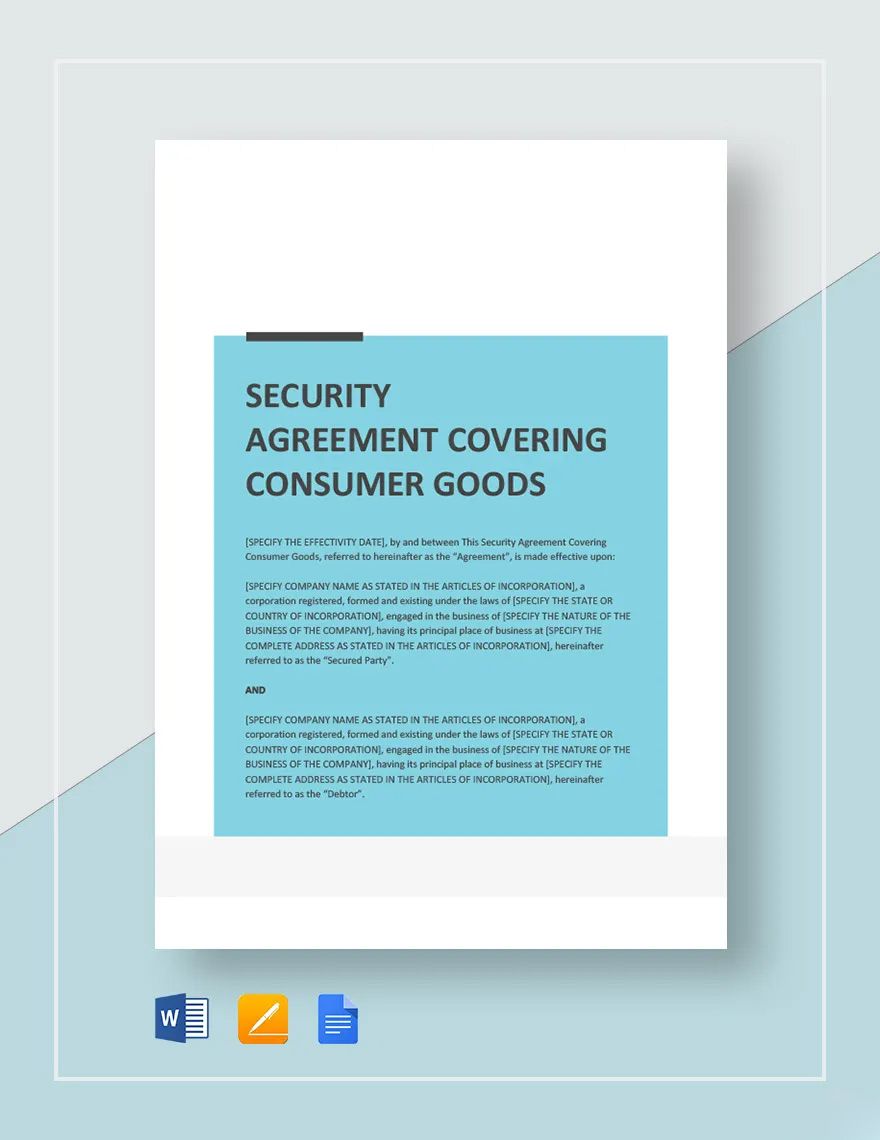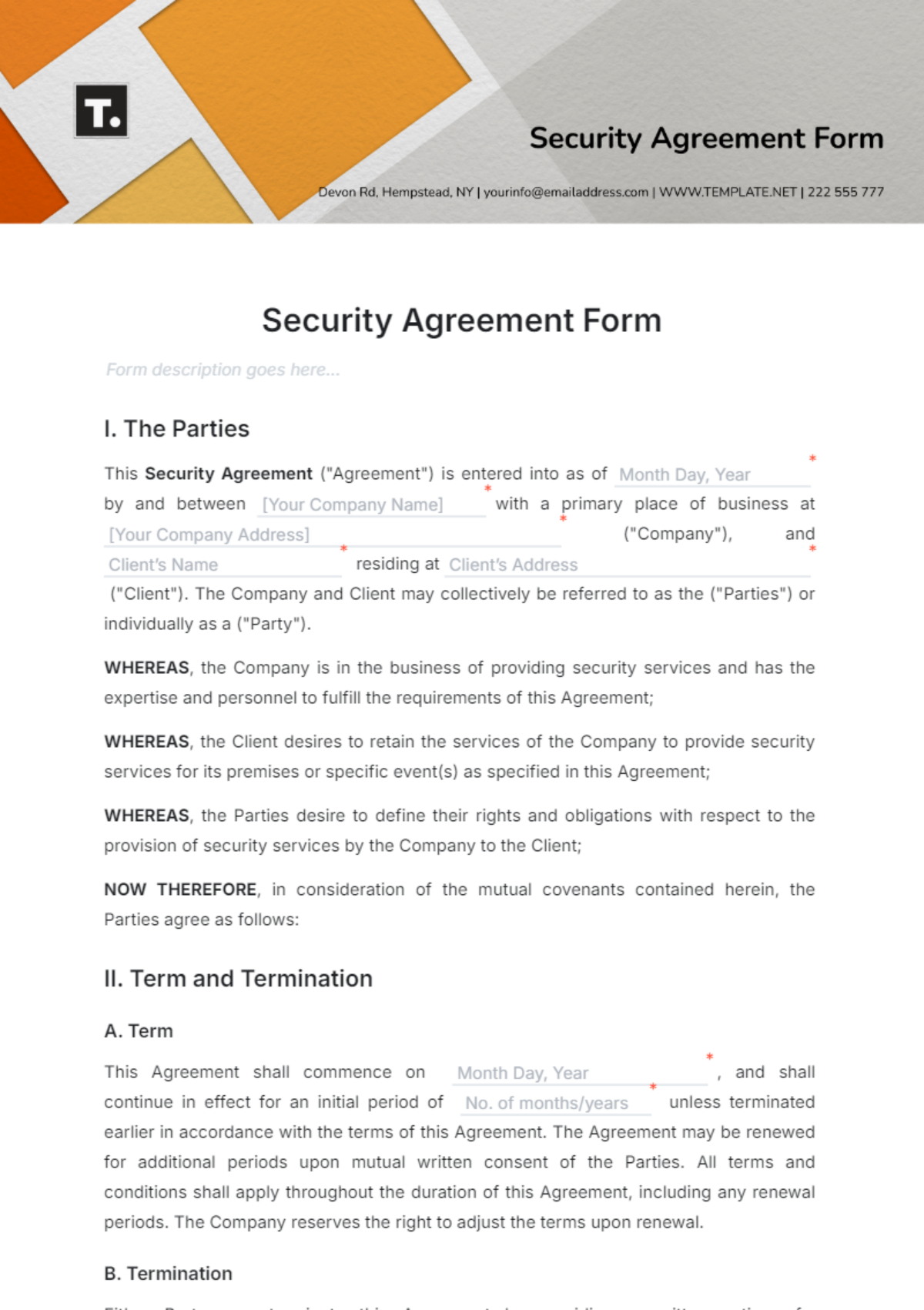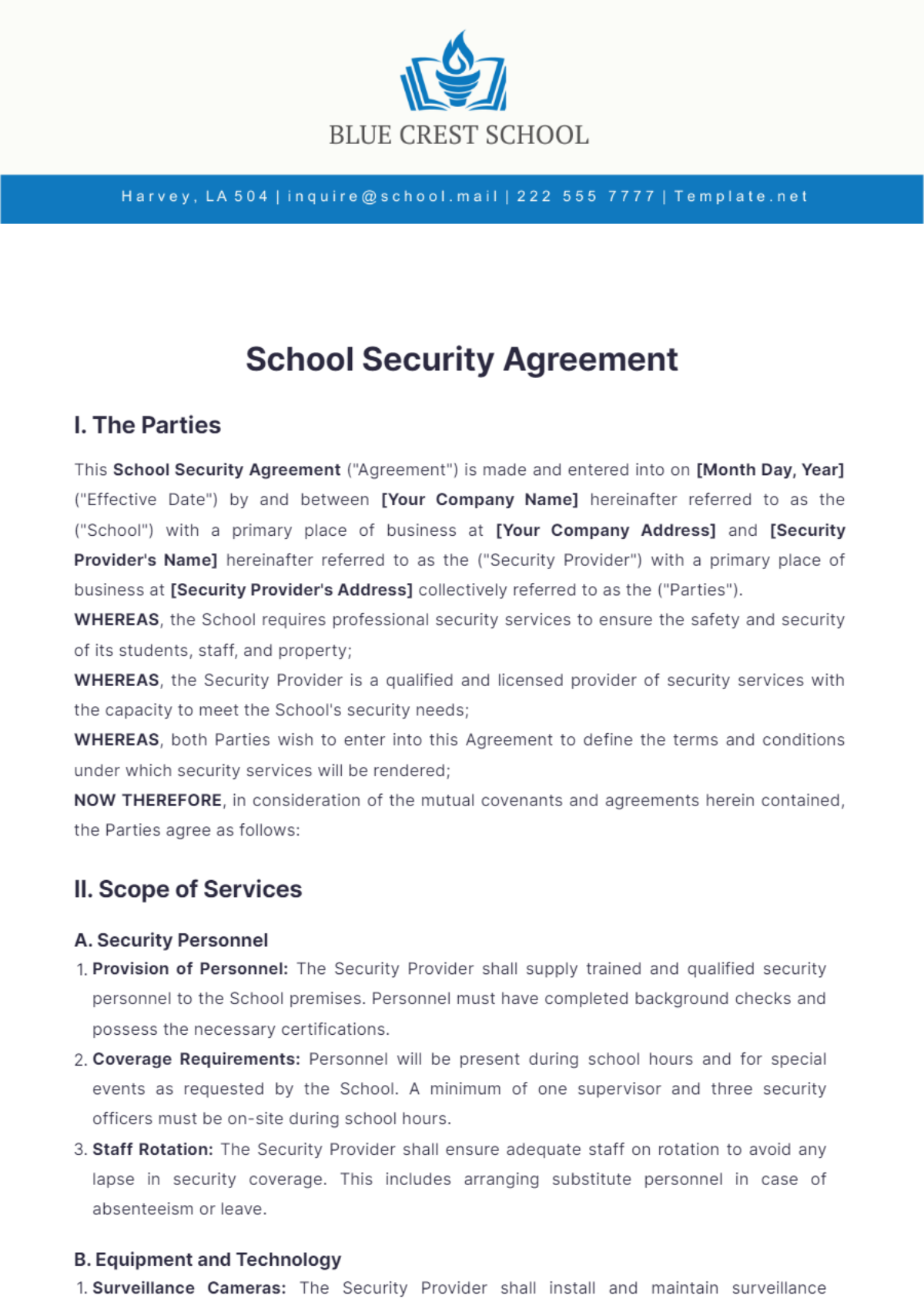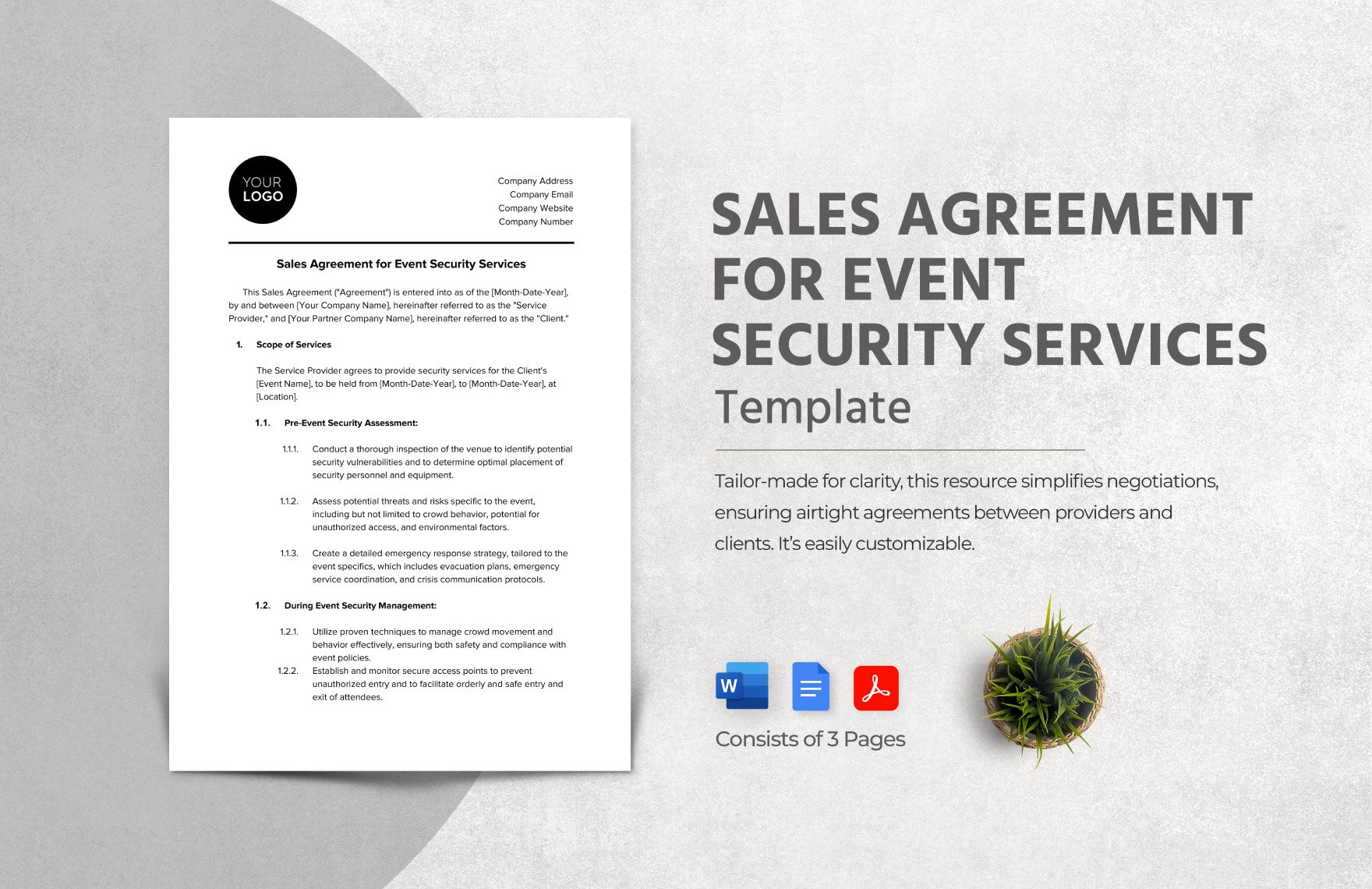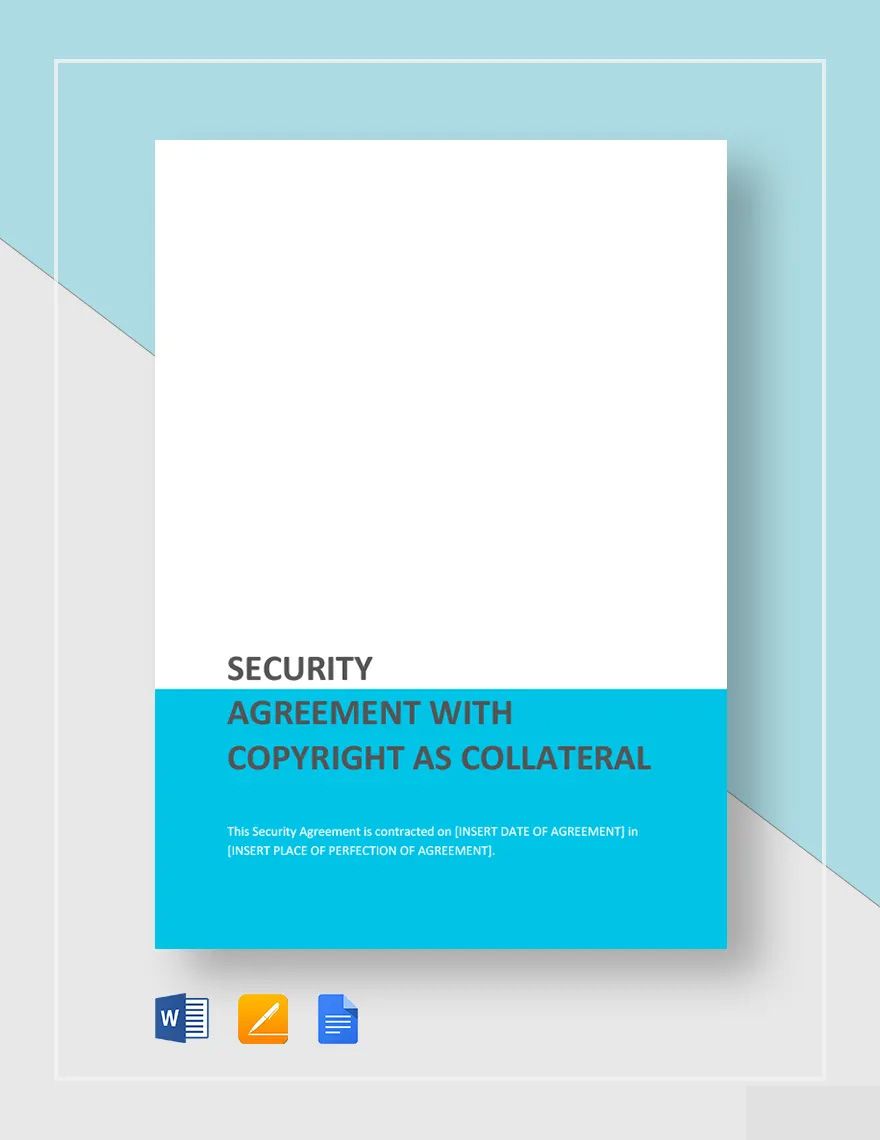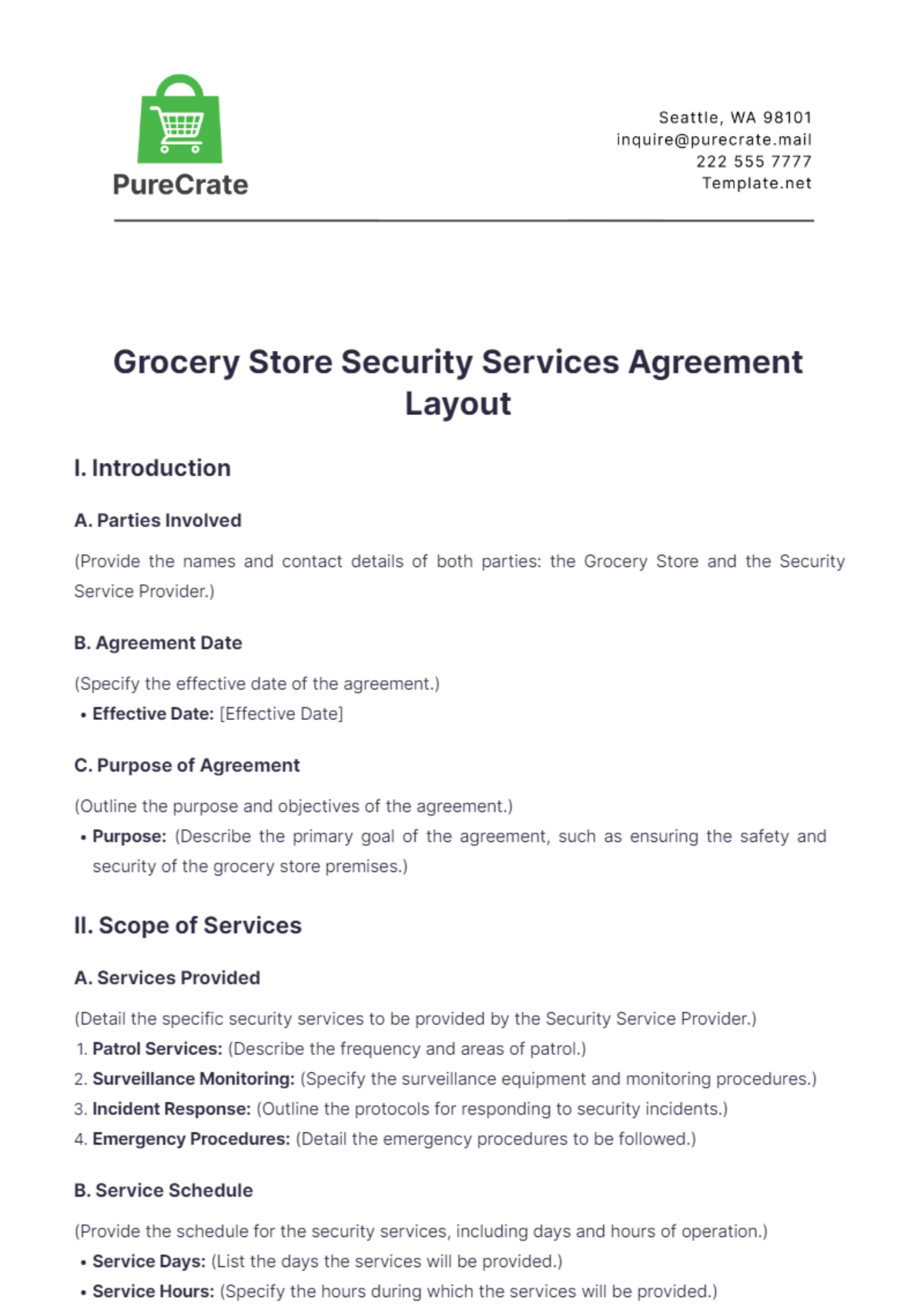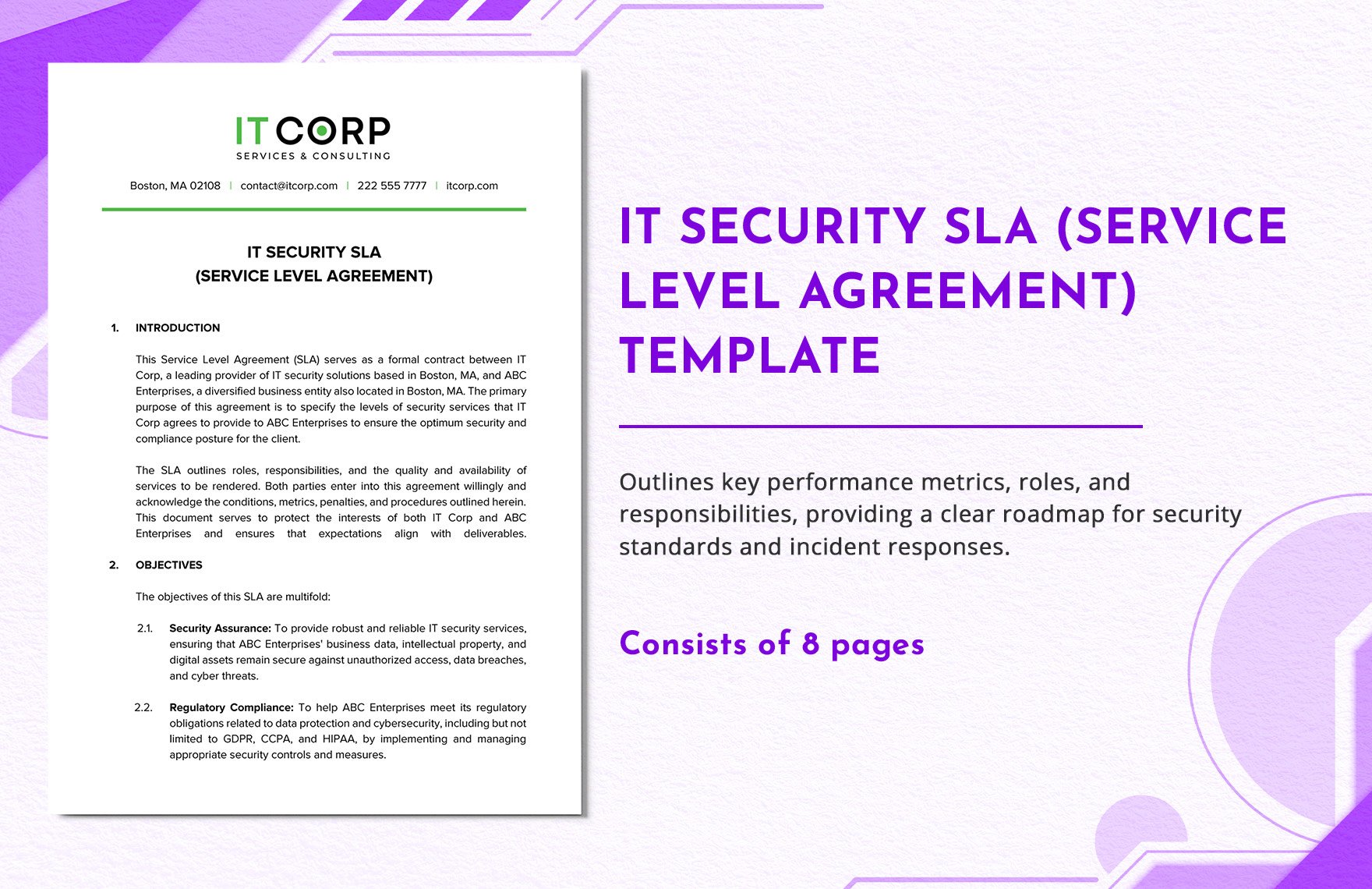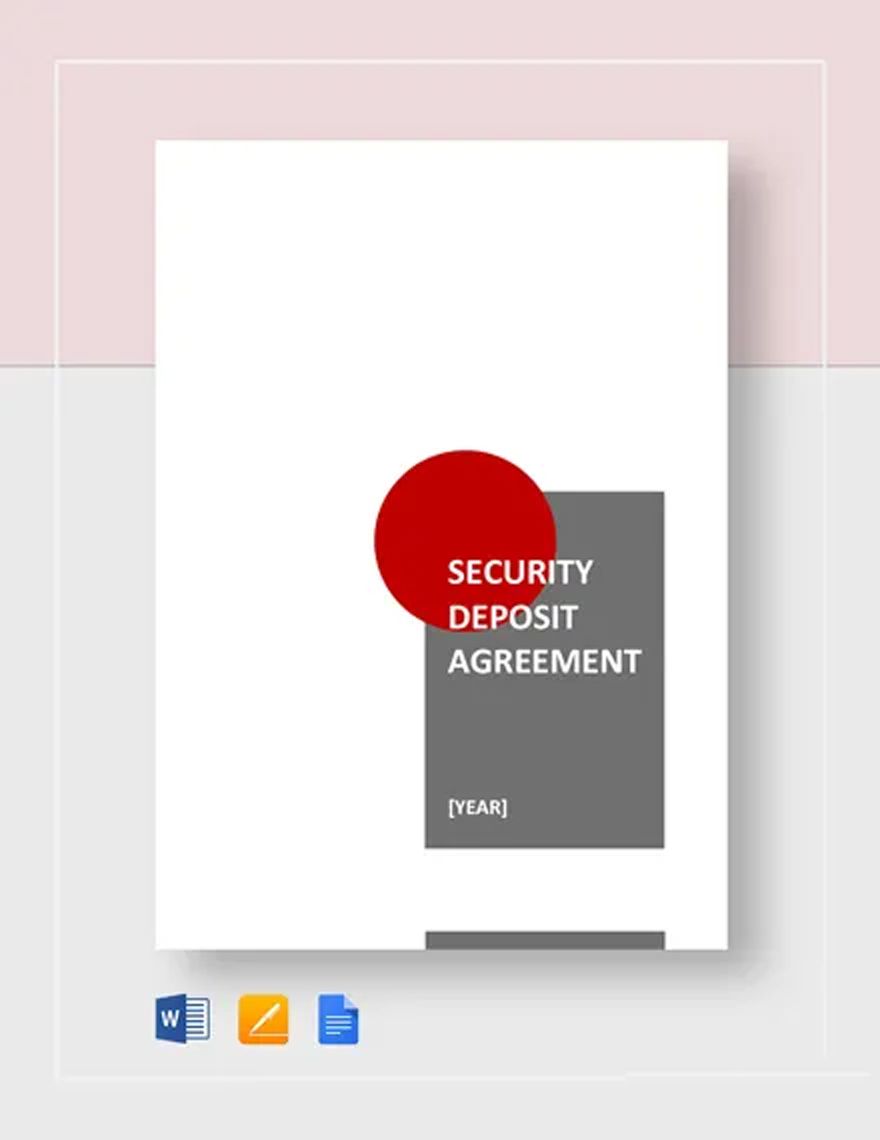Putting up a business is not an easy task as it requires massive efforts and big capital. If you lend money to people for business, you need a business agreement that will protect you in your financial transaction with your debtor. Do not worry about your financial security as we provide you top-notch, high-quality, and easily editable Security Agreement Templates that will secure you in case your debtor will not return the borrowed money. You have the power to modify it to your preference as it is 100% customizable. Apart from these wonderful services, you can access our templates using any file formats (Google Docs, MS Word, Apple Pages) available for you. Secure your future with us by downloading this security agreement template.
Security Agreement Templates
Customize and design your free online Security Agreement Templates at Template.net. Enjoy printable options that cater to your specific needs. Enhance your agreements today!
